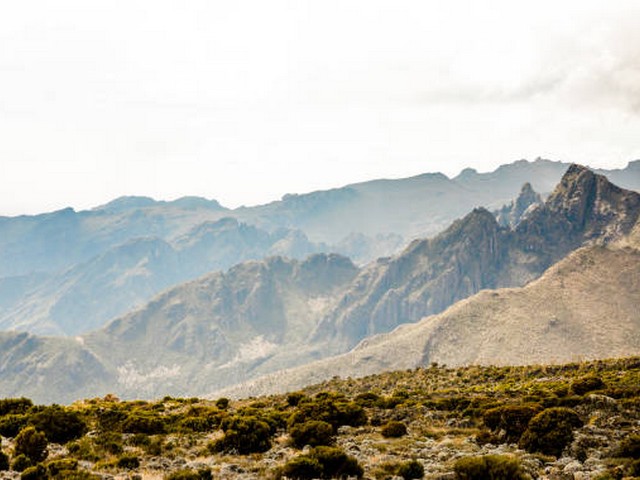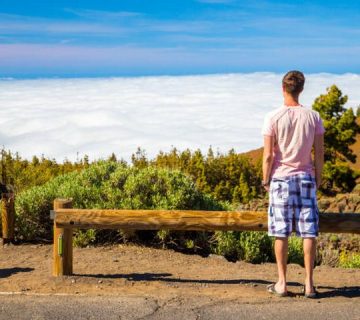Lightweight and Durable Gear for Kilimanjaro: Your Ultimate Guide
Welcome to the ultimate guide on selecting the best lightweight and durable gear for your Kilimanjaro adventure, brought to you by Kilimanjaro Centre for Trekking and Ecotourism (KCTE). Scaling the majestic heights of Mount Kilimanjaro is a dream for many adventurers around the world. As you prepare for this life-changing journey, it’s crucial to focus on gear that can handle the mountain’s varying climates and challenging terrains. Here, we’ll guide you through choosing the right equipment that not only enhances your climbing experience but also ensures your safety and comfort throughout the trek.
Why Choosing the Right Gear Matters
Embarking on a climb to Kilimanjaro is no ordinary feat. The roof of Africa presents unique challenges with its five distinct climate zones. From tropical rainforests to alpine deserts and arctic summits, each zone tests your endurance and gear differently. Lightweight and durable gear becomes not just a convenience but a necessity. It ensures you remain agile and comfortable, allowing you to enjoy the breathtaking landscapes and focus on reaching the summit.
Essential Gear for Kilimanjaro Climbers
Clothing: Layer Like a Pro
When it comes to clothing, layering is key. Start with a moisture-wicking base layer that keeps you dry. Add a warm, insulated middle layer, and top it off with a waterproof and windproof outer layer. This combination caters to various weather conditions and temperatures you will encounter.
- Base Layer: Opt for materials like merino wool or synthetic fibers that offer breathability and moisture-wicking properties.
- Insulation Layer: A lightweight down jacket or a synthetic fleece provides warmth without the bulk.
- Outer Layer: A durable, breathable hard shell jacket and pants are essential to protect against wind and rain.
Footwear: Your Foundation
The importance of reliable footwear cannot be overstressed. A good pair of hiking boots should be lightweight, waterproof, and offer ample ankle support.
- Choose boots that are well-fitted, with room to wiggle your toes.
- Break them in well before your trek to avoid blisters.
- Consider lightweight gaiters for extra protection against mud and rain.
Backpack: Your Trusty Companion
A durable, lightweight backpack is vital for carrying your essentials. Look for one with multiple compartments for easy access and an ergonomic design to support your back.
- Capacity: A 35-40 liter backpack should suffice for most climbers.
- Features: Look for packs with an integrated rain cover, hydration reservoir compatibility, and adjustable straps.
Sleeping Gear: Rest Assured
After a long day’s trek, a good night’s sleep is priceless. Your sleeping gear needs to be suited for low temperatures, especially at higher camps.
- Sleeping Bag: Choose a four-season bag rated for temperatures lower than the coldest temperatures expected.
- Sleeping Pad: A lightweight, insulated pad can make a big difference in comfort and warmth.
Accessories: The Devil’s in the Details
Don’t overlook the small stuff—sunglasses for UV protection, a sturdy hat, quality gloves, a high-UV protection sunscreen, and a headlamp are all must-haves.
Tips for Packing Lightweight and Durable Gear
- Prioritize Multi-Use Items: Items that can serve more than one purpose reduce your load and increase your pack’s efficiency.
- Quality Over Quantity: Invest in gear that is durable and meant to withstand extreme conditions.
- Pack Smart: Use compression sacks to shrink down bulky items like sleeping bags and clothes.
- Check Weight: Regularly weigh your gear. Aim to carry no more than 20% of your body weight.
FAQs: Gear Up for Success
Q1: How do I choose the right size backpack for Kilimanjaro?
A1: Your backpack should fit your torso length and have enough capacity to carry all your essentials without being overpacked. Try different sizes and models to find the best fit.
Q2: Can I rent gear instead of buying?
A2: Yes, you can rent some of the gear like sleeping bags and trekking poles. However, for hygiene and fit, it’s advisable to bring your own clothing and boots.
Q3: What should I pack for unexpected weather on Kilimanjaro?
A3: Always be prepared with waterproof rain gear and layers for cold weather. The mountain’s weather can be unpredictable, and proper gear is essential for your comfort and safety.
Q4: How do I ensure my gear is durable enough for Kilimanjaro?
A4: Opt for reputable brands known for outdoor gear. Read reviews, ask fellow climbers, and test your gear before the trek.
Embark on Your Journey with Confidence
Choosing the right lightweight and durable gear for your Kilimanjaro climb is crucial, but it doesn’t have to be overwhelming. By focusing on the essentials and prioritizing quality and functionality, you can pack smart and enjoy the trek to its fullest. Remember, every item in your pack is a step towards the summit.
Ready to conquer Kilimanjaro? Book your climb with Kilimanjaro Centre For Trekking and Ecotourism (KCTE), where adventure meets preparation. Let us guide you to the top with expert advice and world-class service. Reach out today and step closer to the roof of Africa.
Climb smart. Climb light. Climb Kilimanjaro.




